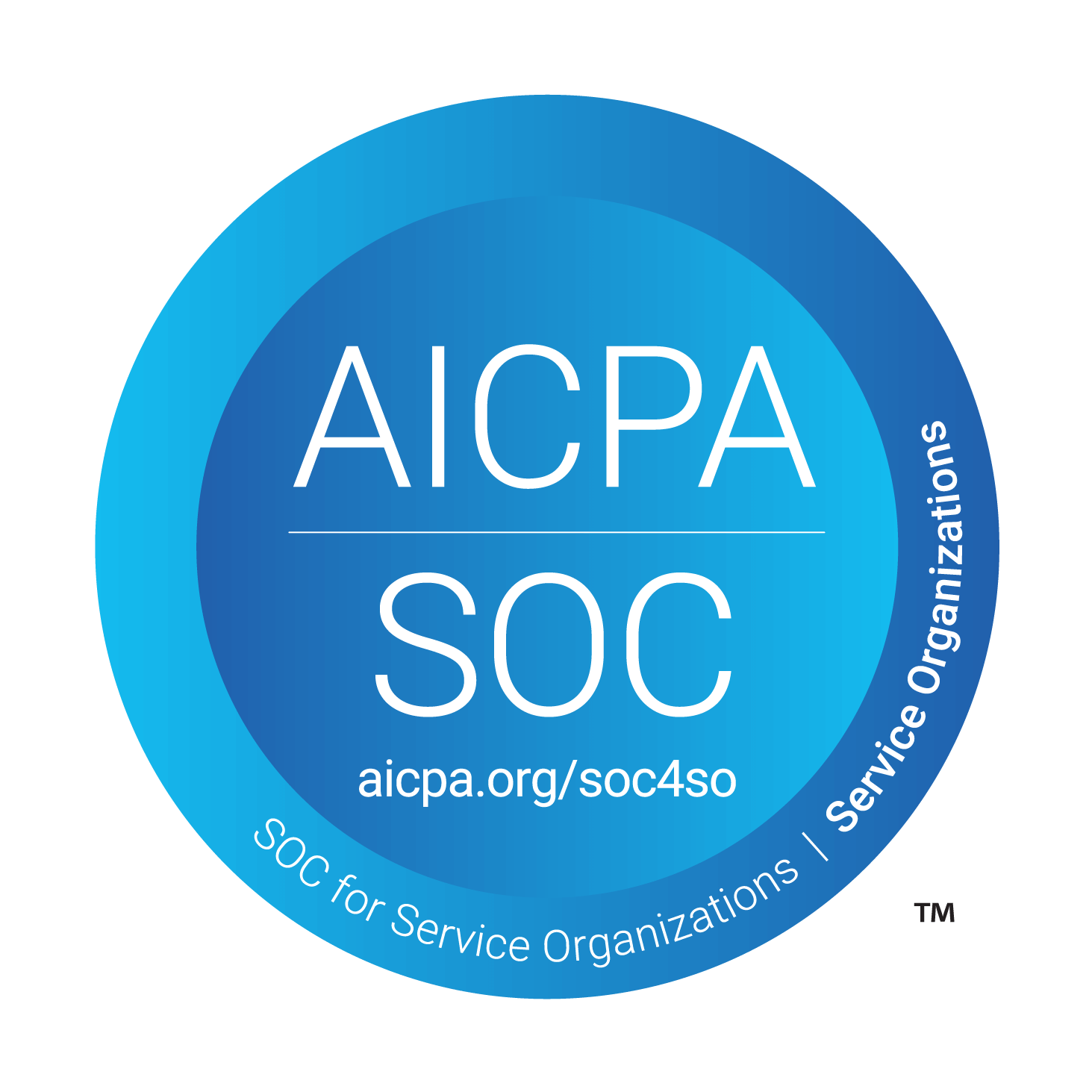
Apr 28, 2023
•
1 min read
KubeCon / CloudNativeCon Europe 2023 was Full of Bloom
The conference was full of energy, with an entire ecosystem collaborating, even if they are competitors, to improve cloud native tech. Kudos to CNCF for cultivating a conference, a collective, so purely dedicated to the greater good of an industry.

KubeCon / CloudNativeCon was full of energy, with an entire ecosystem collaborating, even if they are competitors, to improve cloud native tech. Kudos to CNCF for cultivating a conference, a collective, so purely dedicated to the greater good of an industry.
Here are some of my key takeaways:
- https://landscape.cncf.io/guide is a treasure map. An excellent guide how to piece together the components of CNCF landscape into a holistic design guide for cloud native tech stacks as systems of software components.
- The community is filled with true experts in each of the CNCF components — containers, orchestrators, databases, message brokers, observability tools. Passionate and highly skilled component builders. The area of platform engineering is equally continuing to advance, with frameworks like Crossplane simplifying the ability to stitch together multi-cloud tech stacks. This paper (hot off the press by the CNCF community) breaks down the essentials of platform engineering and key contributors.
- I didn’t see quite as active of a community around cloud native, multi-cloud architectures. How to put all of the pieces together in the best way possible to fulfill a business goal. Catio is lazer focused on this equation. Are there good forums, sub-groups, other outlets for this collaboration?
- There was a lot of focus around the platform components, the building blocks. Yet I didn’t see quite as much coverage of re-usable “microservices” components. The transcoders in video. The CMSs in publishing. The payment processors in finance. Maybe the support for those exists within their industry verticals. Or maybe they are still early to the open source movement, or not sufficiently commonly re-usable to justify the initiative. I’d like to see how these types of components are getting the benefit of a broader open source ecosystem supporting their evolution, and how to best catalyze that to happen.
- Big consultancies like HCL and Infosys announced that they are both stepping up their support for CNCF. With enterprises entering the “cloud native era” aggressively, this is a strong indicator of how the broader ecosystem is about to balloon to encompass a much broader constituency of providers that serve the enterprise segment.
- Not seeing AI as a strong value driver within CNCF yet. There is certainly excellent coverage of ML workflows and infrastructure, and companies like HuggingFace are shepherding along open sourcing even the AI models and datasets themselves. But the use of AI across CNCF still appears to be mostly notional. Observability companies like Splunk are using AI to help identify areas of focus for troubleshooting and operational hardening, which is notable. Yet the impact of AI across this industry is still largely unfelt.
Lots of exciting developments in the observability space:
- OpenTelemetry is gaining traction and is now the second largest project within CNCF, next to only Kubernetes. A key goal of standardizing the collectors, and all that goes into it from auto-instrumentation to vendor-neutral APIs, is to enable a uniform collector fabric to be re-usable across all of the components, so that this data can be ingested and utilized within as many of the instrumentation and observability platforms as are needed. Democratizing access to the data empowers companies to gain the best possible insights across their tech stacks.
- Providers like AirByte have made a big splash and opened up our eyes to what a breadth of ELT connectors enables for companies to gain valuable insights into their data, currently silo’d within the confines of their providers. But standardization through the likes of OpenTelemetry may be able to address this opportunity in a more scalable manner. At the end, it’s in every company’s interest to gain as democratized of access to their data as possible — the value of analytics and AI will grow dramatically as a result.
Lastly, multi-cloud is gaining interest:
- I predict that it’ll be a benefactor of significant further growth as enterprises adopt cloud native en masse. Companies like Upbound are simplifying muli-cloud through Crossplane; partnerships like Palantir / CloudFlare and companies like Seaplane are enabling “lower cost / optimized, distributed cloud” counterparts to the big 3 cloud providers; and enterprises will focus on ROI and managing vendor lock-in from the onset given their traditionally more disciplined approach to growth vs. operating excellence.
------------------------------
Follow this post on LinkedIn for additional comments and discussion.




